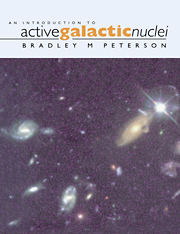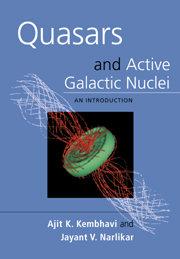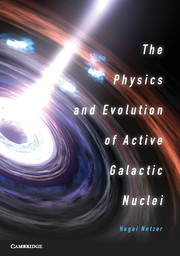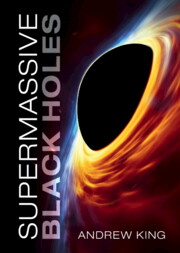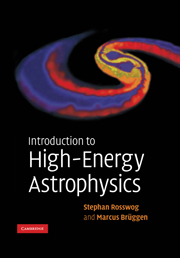An Introduction to Active Galactic Nuclei
The study of AGN is one of the most dynamic areas of contemporary astronomy, involving one-fifth of all research astronomers. This textbook provides a systematic review of the observed properties of AGN across the entire electromagnetic spectrum, examines the underlying physics, and shows how the brightest AGN--quasars--can be used to probe the farthest reaches of the Universe. This timely textbook is a clear, comprehensive and self-contained introduction to active galactic nuclei (AGN)--for advanced undergraduates and graduate students in astronomy and physics.
- The first comprehensive graduate-level textbook on active galactic nuclei
- Introductory material on relevant cosmology is included to ensure the book is completely self-contained
- A synthesised and comprehensive review of the most dynamic area of contemporary astronomy
- Nearly 1 in 5 professional astronomers study AGN
Reviews & endorsements
"...this well-written text provides an excellent introduction to a stimulating field, and conclusively answers the question: Why study AGN? I would highly recommend it to students and researchers alike." Michael De Robertis, Journal of the Royal Astronomical Society of Canada
Product details
February 1997Paperback
9780521479110
256 pages
245 × 190 × 15 mm
0.472kg
60 b/w illus. 12 tables
Available
Table of Contents
- Preface
- Acknowledgements
- 1. Basic properties and a brief historical perspective
- 2. Taxonomy of active galactic nuclei
- 3. The black hole paradigm
- 4. Continuum emission
- 5. The broad-line region
- 6. The narrow-line region
- 7. Unified models of AGNs
- 8. The environment of AGNs
- 9. The geometry of the expanding universe
- 10. Quasar surveys
- 11. The quasar luminosity function and evolution
- 12. Quasar absorption lines
- References
- Bibliography.

